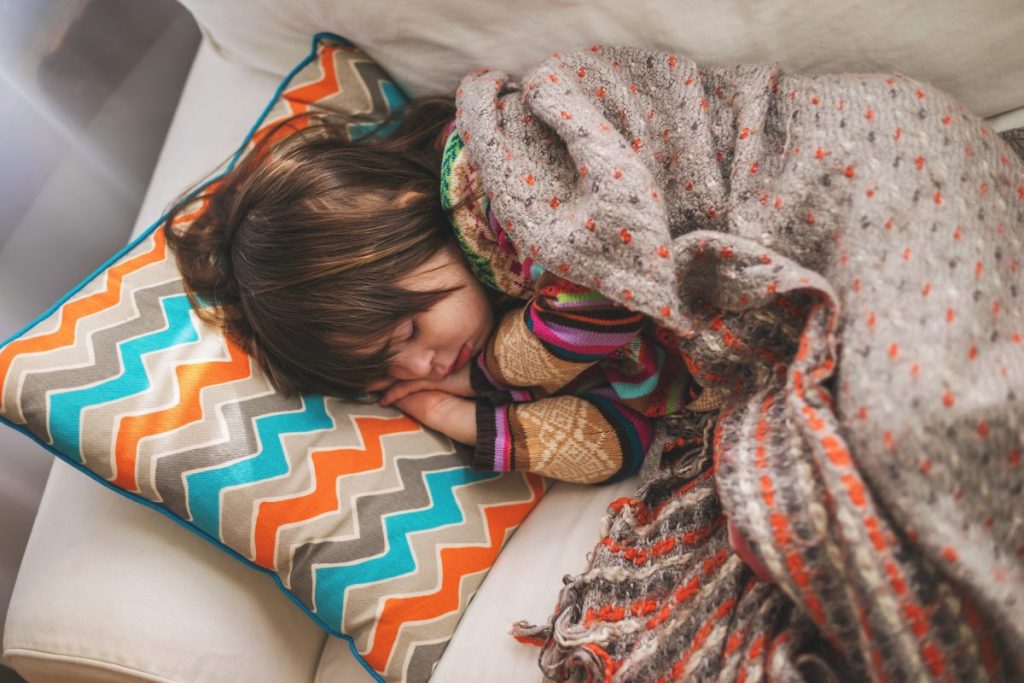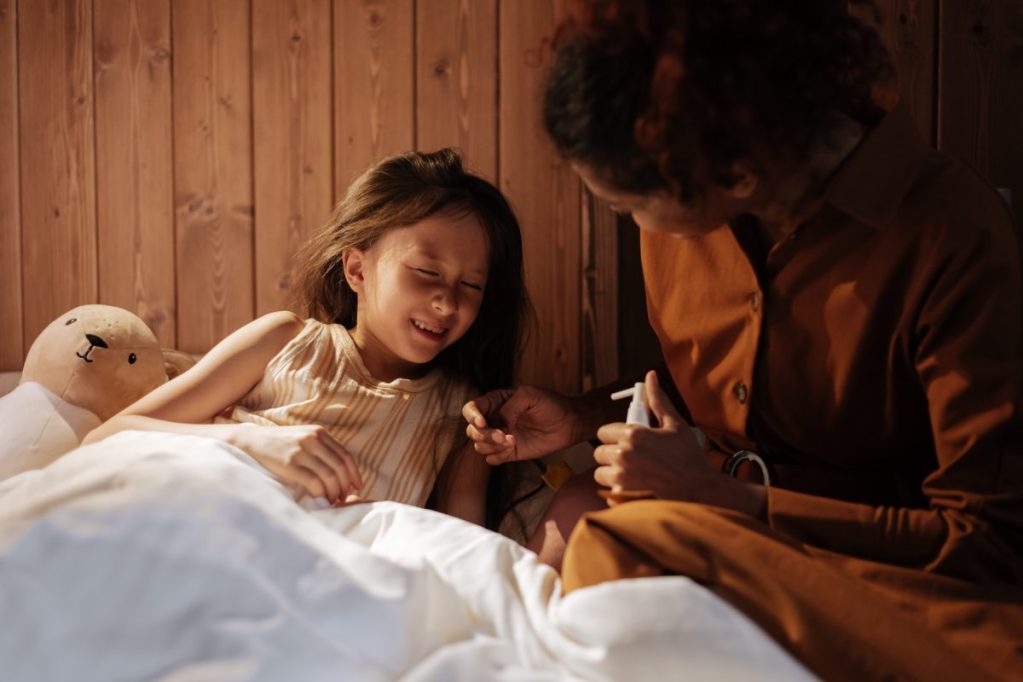
Most parents these days don’t have to worry about their child getting chickenpox, thanks to the success of the vaccine. But there’s still a possibility your child could catch it if they can’t get vaccinated. If that’s your little one, what does chickenpox look like so you know how to take care of it? Here’s the rundown if it’s been a minute since you’ve had to deal with this type of pox.
What to be on lookout for
The main symptoms
- Fever
- Exhaustion
- Headache/stomachache
- Itchy rash accompanied by bumps
- Blisters filled with liquid
- Lots of scabs after the blisters pop
- Blotchy-looking skin
Things go from rashy to blistery quickly. The downside is the start of chickenpox can seem like a cold or flu. Once you see a rash and then those bumps, the itching and blisters are soon to follow.
The bumpy basics
Chickenpox isn’t fun — for either the child who has it, or the adult taking care of it. Like most illnesses and viruses children get, chickenpox is often caught at someplace like school, where those little Petri dishes are in close quarters.
How to catch it
Just touching one of the pox bumps will do the trick, while the coughing or sneezing of an infected person onto someone else is also a sure way to get it. Children don’t fully grasp the importance of washing their hands and not sneezing in someone’s face, so kiddos under 10 years of age are most likely to contract it.
Not only does chickenpox jump easily from person to person, but it infects in a short time frame. What makes it so unstoppable is that it’s contagious before those bumps appear.
You have up to two days of contagious spreading before you even see the rash, and the adventure continues until the bumps have dried out, which could be a week to two weeks later.

The stages and how to survive the itchiness
Since the majority of chickenpox patients are kids under 10, parents play a key role in keeping things under control. Knowing the stages and how to take care of each will help keep things calm.
Stages to survive
- The breakout of the bumps
- When the fluid-filled blisters appear and then pop
- The scabbing over of the blisters
If you’ve seen that episode of Friends where Phoebe gets chickenpox and the group taped oven mitts over her hands to stop the itching — take note. That is a real possibility in your future.
Essentials
Here’s a list of essentials you’ll want to have on hand in the event your child gets chickenpox.
- Calamine lotion
- Other lotions (fragrance-free)
- Tylenol (acetaminophen) — NO aspirin
- Cooling supplies like ice packs or ice cubes
- Oatmeal mixture
- Have the oven mitts and tape ready
- Patience
If you see a rash pop up on your child’s body, you have cause for concern, as you could have up to two weeks of your life dedicated to anti-scratching duty. If your child is unable to receive the vaccine, knowing what chickenpox looks like so you can spot the symptoms and get your itchy child back to their normal self is the next best step.
Editors' Recommendations
- Heads up, 7 up: What’s the game and how to play it
- What is nesting? Everything you need to know about this totally normal behavior
- What is the average screen time for teens? You might be surprised
- Is Theraflu safe for breastfeeding moms? Here’s what you need to know
- Can pregnant women eat shrimp? What you need to know




